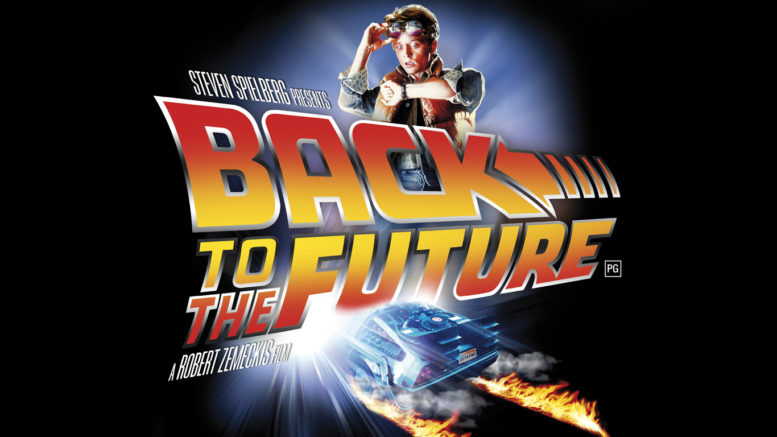The other day as I was riding in a hybrid car and getting information on my smartphone, I thought about the future. Sure, there’s no doubt that if we think about it, the future is now. Think about it: not just hybrid cars and smartphones but telecommuting and flat televisions and botox and Netflix and protein bars and…
And yet we don’t have flying cars or robot maids or moon bases, and somehow we feel like this isn’t the future yet because we don’t have those things. I say that it’s time we rethink the future and focus on the things we really want out of life. It’s been a while since that’s really been done… the last popular vision of the future was 2003’s Minority Report which included multitouch giant screens and self-driving cars back when those things didn’t exist.
I’m no expert but it seems to me that if we all knew what we wanted the future to hold, we could work toward making it happen. It doesn’t mean that we have to all agree, but it would be nice if there were a vision of the future that looked good and looked like something we could achieve in the next 25-30 years.
Here’s some of the ideas I have:
-
SuperFarming: I’ll admit that I don’t know what this means exactly but we all agree that the world needs more food and it would be nice to be able to increase crop yields per acre by a factor of 10 without increasing costs, especially if somehow it could be done without using 10 times the water.
-
Fuel that makes sense: Hydrogen fuel cells aren’t that great, ethanol costs too much to transport and biodiesel seems great until you realize that there’s only so much used fry grease in the world. Imagine what a great place the world would be if we could develop a way of producing real gasoline, or something that burns just as well, but produce it from something we have a ton of like used diapers or tires. It seems to me that we understand molecular engineering well enough, we just have to figure out how to do it.
-
A disappearing internet experience: The big problem with things like smartphones is that they take you away from reality. This is a problem Google Glass tried (and failed) to solve, and I don’t know what the answer is but imagine if the internet were just, kind of, there. I mean, maybe the answers would pop into your field of vision or show up on a wall or whatever, but the next step in computerization has to be a better way to interact with the internet that doesn’t stop us from interacting with the real world.
-
Understanding the languages around us: Dr. Doolittle wanted to talk to the animals back in 1920. Today we have massive computing power and plenty of science, but we have not gone very far in really understanding how other species communicate other than observing cause and effect. We’re beginning to realize that several animals are potentially as intelligent as human children, but we only know a very small number of words in their vocabularies. Kurt Vonnegut theorized that almost everything has a language, even rocks and trees. He may have been right, and the simple fact is that we may have a lot to learn from dogs and cats. Anyway, they seem a lot happier than us, don’t they?
-
Solve the battery crisis: Start by acknowledging there is a battery crisis. A lot of the batteries we use, especially the fancy ones, start off as raw elements in mines within countries we don’t like. It’s like the whole oil thing all over again: we have to tolerate their politics since we can’t do without their raw materials. When we’re done with batteries, they leak into our landfills or cost a lot to dispose of. Come up with a new battery technology that’s made of safe biodegradeable materials that we have everywhere, and while you’re at it, make it 10x more capable and 1/10 the size. That’s a tall order, but it’s what we need in order to power the future.
So… those are my ideas. What do you think the future should look like?

